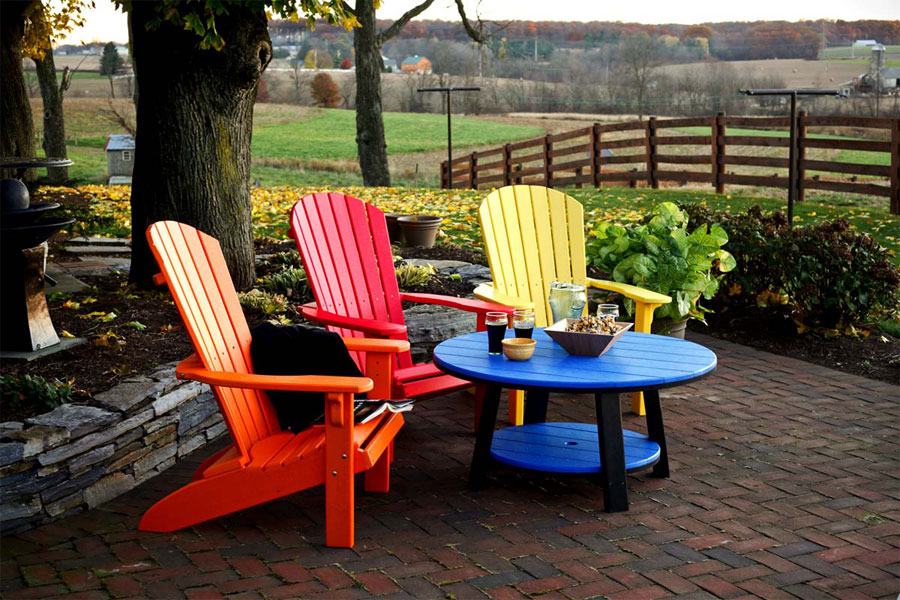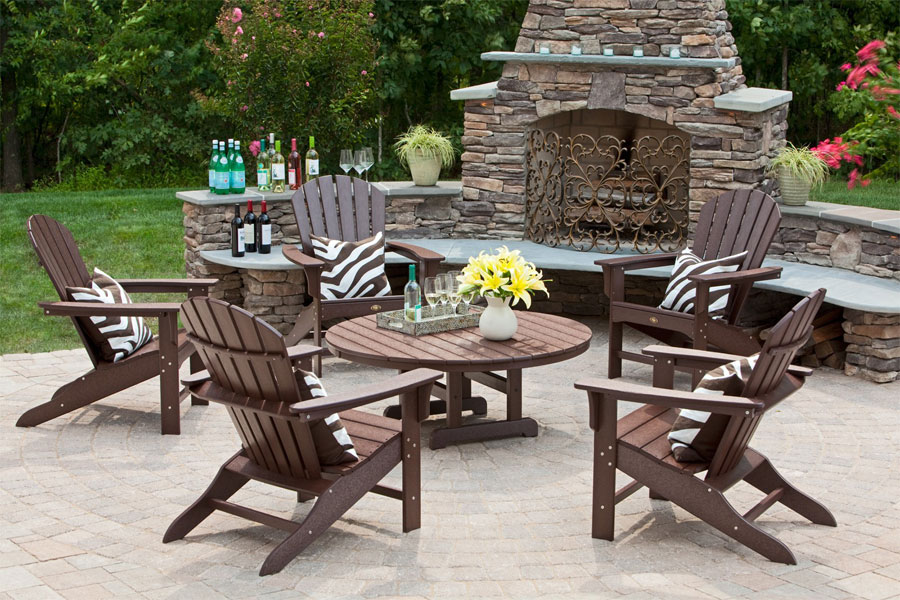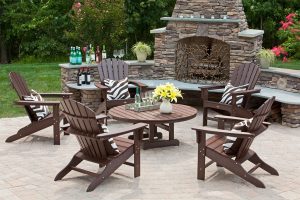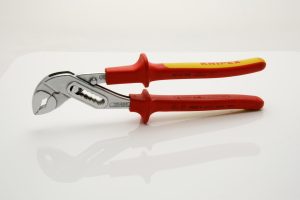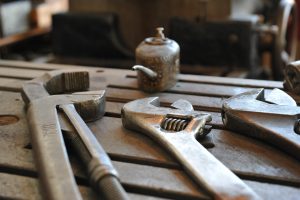Adirondack chairs can be a beautiful addition to your outdoor space. They are a very popular style of outdoor chair due to the attractive design and the comfort they provide to anyone who sits down in one of them.
One of the best ways to extend the life of your Adirondack chairs is to keep up with the care and maintenance of your chairs all year long. Depending on the materials used to construct your chairs, maintenance can be very simple and easy. If you know what to do during each season and what problems to watch out for, your Adirondack chairs will stay looking good as new for years to come.

MOLD AND MILDEW – PLASTIC OUTDOOR FURNITURE’S WORST ENERGY
If you have plastic chairs two of the biggest potential problems you could have to deal with is mildew and mold. These two nuisances are caused by mold spores that have consumed organic matter. Mold spores are everywhere and they thrive in humid, moist conditions, which mean that warmer regions will have more mold and mildew problems than the cooler regions.
Even if you live in a warmer, more humid area you should not have to deal with mildew and mild ruin your Adirondack chairs. We’ll provide you with the steps involved in cleaning your outdoor furniture the right way. This will ensure longevity as well as making sure that your outdoor living space is not ruined by having Adirondack chairs sitting around that are covered in unattractive mildew and mild spores.
THE IMPORTANCE OF CLEANING OUTDOOR FURNITURE
By taking the time to regularly clean your Adirondack chairs you will protect them from getting mold and mildew spots as well as keep them looking good as new. Outdoor spaces are places of relaxation and entertainment; you want them to look great, especially when friends and family come over. Adirondack chairs can be constructed from a variety of materials. We have listed the cleaning instructions for various types of Adirondack chairs.
CLEANING INSTRUCTIONS FOR DIFFERENT MATERIALS
Teak wood, Wicker, Cedar and other Wood – The easiest way to properly clean wood Adirondack chairs is with a mild soap that is oil-based like Murphy Oil Soap and mix it with warm water. Commercial wood cleaners can also be used but read the directions carefully before applying to your wood chair. If your Adirondack chair is made of wicker or is painted, the commercial wood cleaner may need to be diluted prior to using. Some chair owners lightly sand their wood chairs every year and apply a protective finish of stain, polyurethane, or oil to keep it protected throughout the year. Regularly wiping down the wood chairs also keeps them clean and protected. You can do this once a week for best results. If you have wicker Adirondack chairs you can hose them off every few weeks to keep buildup from forming in the wicker crevices.
Aluminum, wrought iron, cast iron – Metal Adirondack chairs are not very common but there are some out there and they need to be cared for in a specific way to keep them looking great. The biggest problem that aluminum chairs can have is oxidation. Before you clean aluminum chairs, get a metal polishing paste and remove as much of the oxidation as possible. You can also use a homemade solution of white vinegar and water (1:1). Do not use chemicals like ammonia since they actually cause oxidation. If there are scuff marks on the metal you can use a soft cloth and non-abrasive cleaner (like Soft Scrub) to remove them. If your metal chairs have rust, use sandpaper to sand it off along with any paint that is damaged. Wipe off any metal residue and use a rust resistant primer before repainting. Once you have cleaned your metal chairs, apply a coat of automotive wax to keep water from damaging the metal.
Plastic including Hard Resin – This is probably the easiest material to keep clean. Plastic Adirondack chairs can be cleaned with automatic dishwashing detergent mixed with water. (3 tablespoons is sufficient) If you cleaning colored plastic, use ¼ cup of vinegar and warm water. Don’t use bleach or chlorine on white chairs to get them whiter. The bleach and chlorine eat away at the plastic. White vinegar is good for removing stubborn stains or use can sprinkle baking soda onto a damp sponge that will get rid of stains but won’t scratch the surface of your plastic. To restore the shine to your plastic chairs, spray WD-40 onto the plastic and then wipe off with a clean, dry rag. Automotive paste wax will protect your plastic furniture after you have cleaned it.
